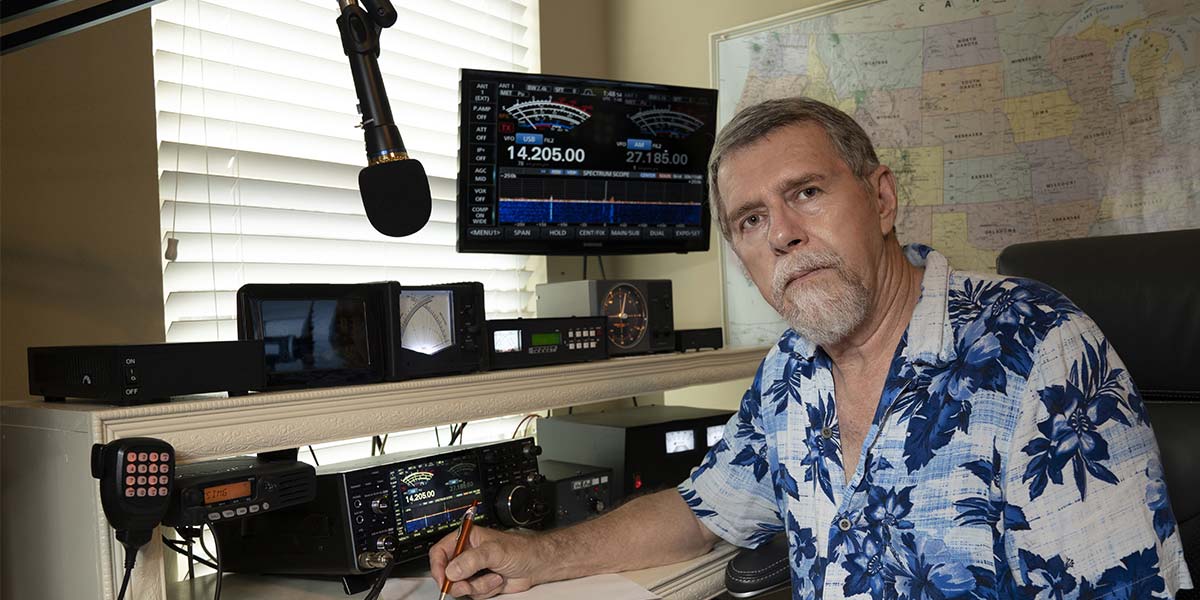Most amateur radio operators have a built-in sense of providing support for their community when it’s under attack. In rural Louisiana, passing my Novice exam was my right of passage to attend the bimonthly meetings in the Civil Defense building.
This hardened bunker housed food and supplies for months and — most importantly — our two-meter repeater that served as the backbone for amateur emergency communications in the area.
The repeater was also our ticket to official membership in the Civil Defense. As such, we received training on topics ranging from radiation monitoring and first aid to how to call in a medical emergency.
Our club of a dozen or so hams routinely responded to the seasonal hurricanes and associated flooding by working tirelessly at shelters, providing communications to/from those huddling from the wind and rain.
Thanks in part to annual Field Day operations, I knew instinctively what to throw in my backpack at the first sign of a hurricane: a 2m handheld, a hand-built 2m vertical, spare set of batteries, logbook, change of clothes, multimeter, and some hand tools.
Thanks to Field Day operations, we knew the lay of the land — where there was likely to be flooding, where there were likely to be fallen trees, and where we could buy supplies in the middle of the night.
Moreover, we each knew how to establish communications with other hams in our emergency network, ready to handle traffic between loved ones and — when necessary — to call in medical help. Land lines (not cellular communications) were standard, and the phone lines were hung from poles and open to disruption from a single wind-blown branch.
Today, the cold war with the Soviet Union has been replaced with an economic war with China, and viruses and other germs are just as important as wind, rain, and even the threat of radioactive fallout.
Moreover, communications are ubiquitous. Everyone owns a smartphone with instant access to the latest information on the Internet and anyone else with a smartphone.
As such, the central service once provided by hams in emergencies — communications — is no longer necessary. Forget the antenna and backup power and handheld transceiver. A smartphone is simply better.
So, what’s a ham dedicated to public service to do? All that training for emergency communications and no real demand. Fortunately, there are multiple avenues for every ham to contribute in their own way. For example, most hams have expertise that spans electronics and communications and extends into computers and the Internet.
In response to COVID-19, when students were quarantined and sent home for online classes, most schools and families were ill-equipped to handle technology and the change in lifestyle.
On the provider side, server capacity was inadequate. On the process side, both teachers and students were unfamiliar with day-long lecture and test sessions.
This was a potential disaster — especially for families and schools of limited means. And, of course, an opportunity for hams to support their community.
I don’t know how many hams took advantage of this opportunity to help establish online education, but from reading the forums, it was significant.
Whether you’re a ham or electronics enthusiast, what extra skills can you bring to bear in modern emergencies? NV

